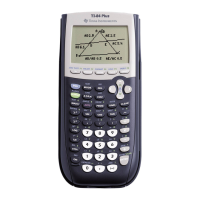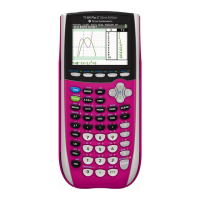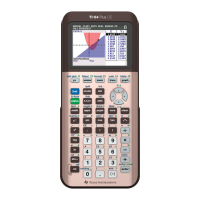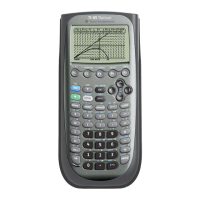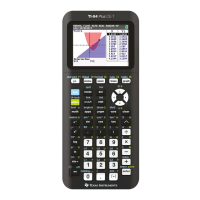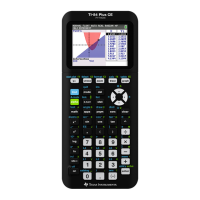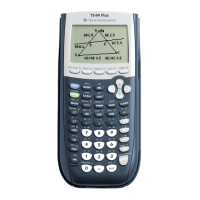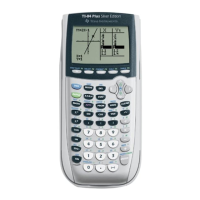Chapter 2: TI-83 Plus Specific Information 19
TI-83 Plus Developer Guide Third Release May 28, 2002
statVars
(8A3Ah)
This is the start of 531 bytes of RAM used to store statistical
results. If you use this area, do not compute statistics in your
ASM program. Make this B_CALL to invalidate statistics, as well.
B_CALL DelRes
appBackUpScreen
(9872h)
This is the start of 768 bytes of RAM not used by the system. It is
intended for ASM and applications. Its size is large enough to
hold a bit image of the display, but it can be used for whatever
you want.
tempSwapArea
(82A5h)
This is the start of 323 bytes used only during Flash ROM
loading. If this area is used, avoid archiving variables.
WARNING: The RAM is safe to use only until the application exits. Data in any of these areas of RAM may
be destroyed between successive executions of an application. Therefore, any data that must
remain between executions cannot be kept in these areas. This RAM is only for the variables
that can be discarded when the application exits.
System Variables Area
This area of system RAM consists of preallocated variables needed by much of the TI-
83 Plus built-in functionality. Because they are floating-point numbers these variables
are all nine bytes. Because these variables are always needed, the system always
keeps them around and never changes their addresses.
There are two classes of system variables — those that you can store to and recall
from, and those that are referred to as output only variables because the system
routines can store to them.
System Variables that are Both Input and Output
In general, these values should only be changed by system routines that applications
can call. Modifying these variables directly, rather than modifying them through the
appropriate system routine, could corrupt the state of the system. Most of these system
variables have restrictions on what values are valid to store to them. Using the system
routine to store to them guarantees that the proper checks are made on the values
being stored to them.
System Variable Characteristics
• There are no Symbol Table entries for system variables.
• These variables can be changed by the user, but cannot be deleted or renamed. For
example, you can change Xmax, but you cannot delete it.
• These variables are initialized to a predetermined value upon reset.
• These variables always reside in RAM. For example, it is not possible to archive
Xmin.
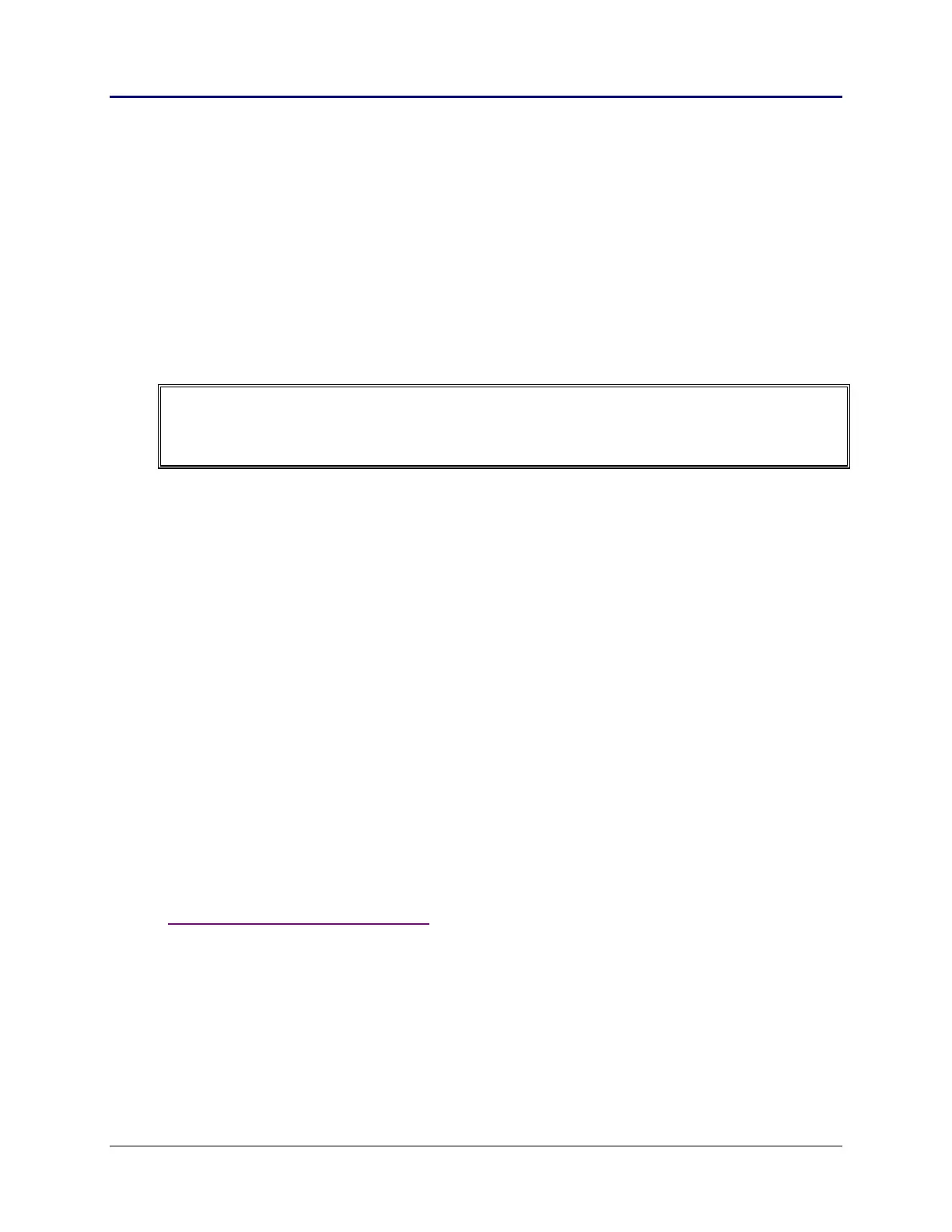